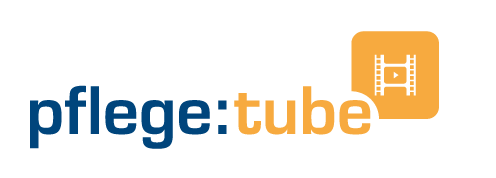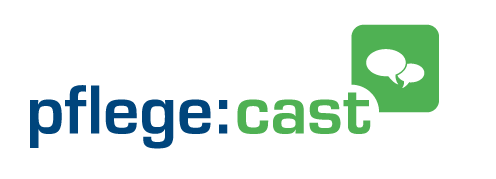Nachdem sich ein voriger Blogbeitrag bereits mit den notwendigen Kompetenzen in Pflegeinformatik beschäftigt hat, möchten wir hier genauer anschauen, wo und wie man diese Kompetenzen erwerben kann. Wir beschränken uns bei der Darstellung auf aktuelle, uns bekannte Angebote in Österreich.
Grundsätzlich empfiehlt sich als guter Einstieg in die Pflegeinformatik der Besuch der einschlägigen Kongresse und Veranstaltungen. Hierzu gehören zum Beispiel die European Nursing Informatics (ENI, nächster Termin steht noch nicht fest), die dHealth-Tagung in Wien (Mai 2021, https://www.dhealth.at/) und die DMEA (Messe und Kongress, April 2021, https://www.dmea.de/) in Berlin.
Einen fachlichen Einstieg in die Pflegeinformatik wird im Universitätskurs „Informationsmanagement und eHealth in der Pflege“ an der UMIT TIROL geboten. Dieser derzeit dreitägige Kurs führt grundlegend in das Management von IT-Systemen im Krankenhaus ein. Der nächste Kurs findet April 2021 statt (www.umit-tirol.at/pflegeinformatik).
Wer mehr Zeit investieren will und die Themen vertieft bearbeiten möchte, kann den Universitätslehrgang (60 ECTS-Credits) Health Information Management an der UMIT TIROL absolvieren (https://www.umit.at/him). Der Universitätslehrgang findet rein online-basiert statt, die Kommunikation erfolgt über eine Lernplattform. Der Lehrgang dauert drei Semester und schließt mit dem akademischen Titel „Akademischer Experte/Akademische Expertin“ ab.
Eine noch fundiertere Qualifikation kann darüber hinaus in Rahmen von Master-Studiengängen erworben werden. Hier gibt es in Österreich einige Anbieter, die im Folgenden aufgelistet sind – falls jemand fehlt, bitte melden, wir ergänzen das dann gerne.
Zu unterscheiden sind dabei Vollzeit-Studiengänge und berufsbegleitende Studiengänge.
Eine berufsbegleitende Qualifikation bieten folgende Anbieter, die Lehrveranstaltungen finden dabei entweder geblockt in Präsenz oder rein online-gestützt statt, so dass das Studium mit einer Berufstätigkeit vereinbar ist:
Wer eine umfassende akademische Ausbildung anstrebt, kann auch einen Master-Studiengang in Vollzeit wählen. Die Dauer ist in der Regel vier Semester. Voraussetzung für den Einstieg ist in der Regel ein vorheriger Hochschulabschluss (Bachelor) – Details sind in den jeweiligen Zulassungsbedingungen ausgewiesen.
Fazit: Es gibt inzwischen in Österreich eine Reihe von interessanten Angeboten, um sich schrittweise die notwendigen fachlichen Kompetenzen in Pflegeinformatik zu erarbeiten – von Kongressen und Seminaren bis hin zum Master-Abschluss. Einige Studienangebote sind gut mit einer Berufstätigkeit vereinbar. Also: Gleich anmelden!
Gerne freuen wir uns auch über eure Erfahrungsberichte – einfach auf pflegeinformatik.at anmelden bzw. registrieren und unter diesem Beitrag kommentieren.
Geschrieben von
Univ.-Prof. Dr. Elske Ammenwerth,
Institutsleiterin am Institut für Medizinische Informatik an der UMIT in Hall in Tirol



Baumeistergasse 32/5/1
1160 Wien, Österreich
E: office(at)pflegenetz.at
M: +43 699 104 613 14
T: +43 1 897 21 10
Mit unserem Newsletter informieren wir Sie
1x monatlich über Aktuelles, Neues und Wissenswertes aus dem Gesundheits-, Pflege- und Sozialbereich.
© pflegenetz 2023
